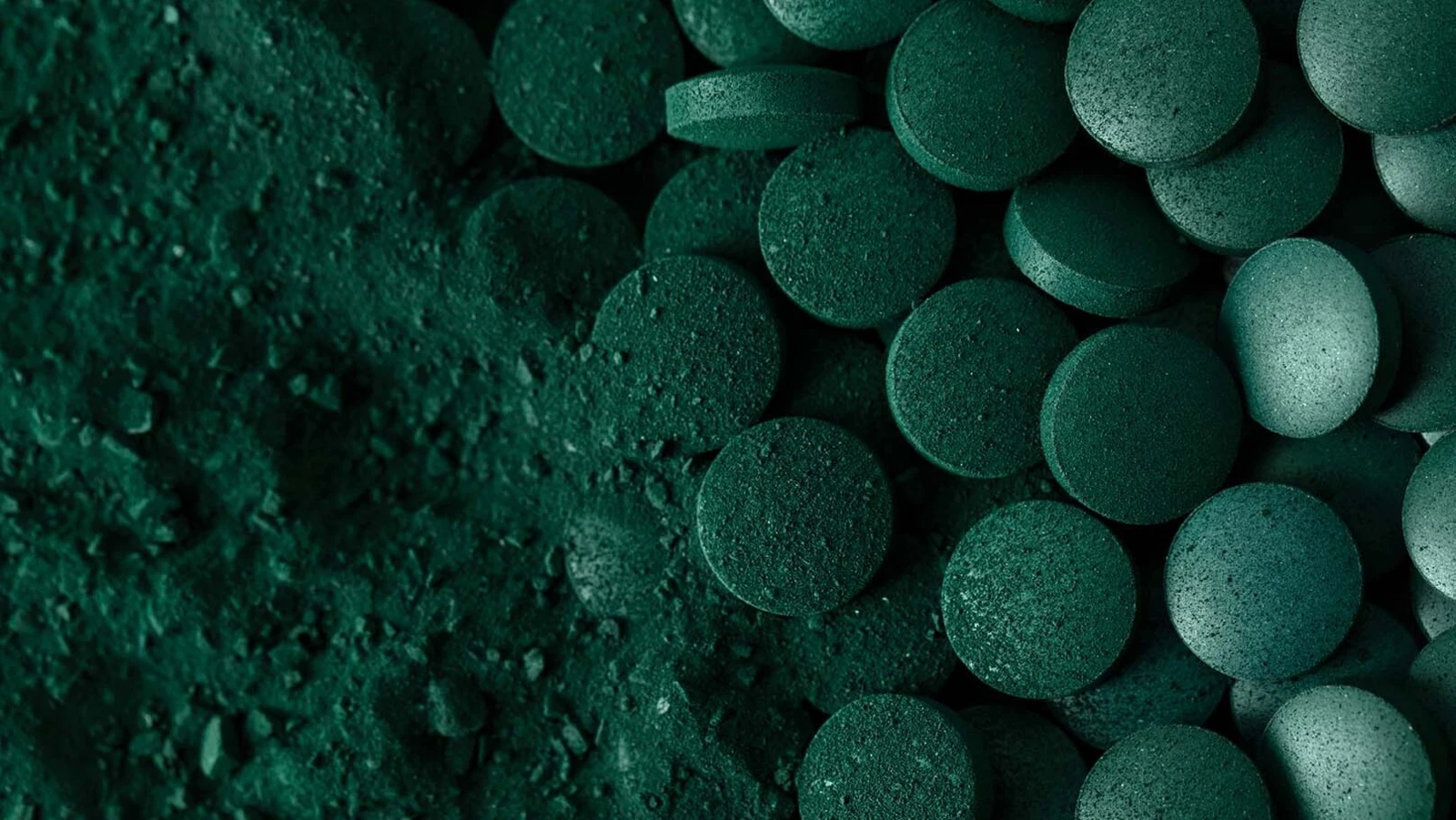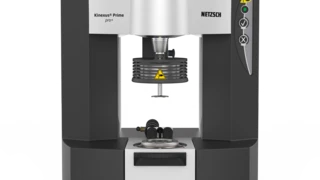
24.04.2023 by Claire Strasser, Dr. Ligia de Souza
How NETZSCH Helps Find the Perfect Powder Flowability of Drugs
In the production of tablets for oral administration, the powder mixture needs to be compressed into a solid form that can be easily swallowed and dissolved in the gastrointestinal tract. As a matter of fact, the powder contains not only the drug itself, but also excipients such as fillers, binders, disintegrants, and many others. Processing of this powder mixture is closely related to its rheological properties, particularly its flowability.
Flowability is a critical parameter that affects the manufacturing process. It is defined as the ease with which a powder or granular material flows, and it is closely related to the particle size, shape, and distribution of the components in the mixture.
Magnesium stearate is commonly used for its lubricating and anti-adherent properties. It finds also application as a glidant; this means that just a small amount of it improves the flowability of the powders to be compressed. Measurements performed with the NETZSCH Kinexus rotational rheometer highlight the glidant function of magnesium stearate. The addition of 1% by weight of magnesium stearate in lactose powder, the most common filler in tableting processes, greatly improves flowability of lactose. This shows how sensitive and precise the NETZSCH Kinexus rotational rheometer is, also for the determination of the cohesion energy density of a powder.
Find out more in this article written by Dr. Ligia de Souza and Claire Strasser, Application Scientists at NETZSCH Analyzing & Testing:
Testing the Flowability of a Lactose Powder
By optimizing the flow properties of the powder mixture using the NETZSCH Kinexus rotational rheometer, pharmaceutical manufacturers can improve the consistency and quality of their products.



